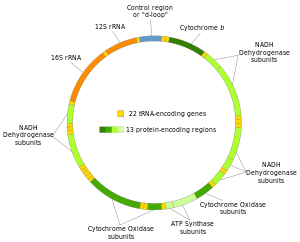
This image, captured with a high-powered confocal laser microscope, shows pain-sensing neurons in the skin of a larval fruit fly. Credit: Stephanie E. Mauthner
Indiana Uni researchers have that found a suite of genes in both fruit flies and humans – including one dubbed “smoke alarm” – plays a role in nerve sensitivity. The study could help lead to new drug targets in pain management. “Our study is the first to thoroughly assess the function of a large set of genes expressed at high levels in nociceptive neurons, the nerves responsible for the sensation of pain in humans,” Tracey said. “It represents a significant step forward in the field of nociception and pain research.”
A total of 36 genes were identified as having a role in either hypersensitivity or lack of sensation to stimuli, 20 o...
Read More







Recent Comments